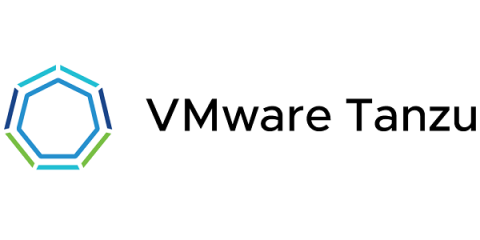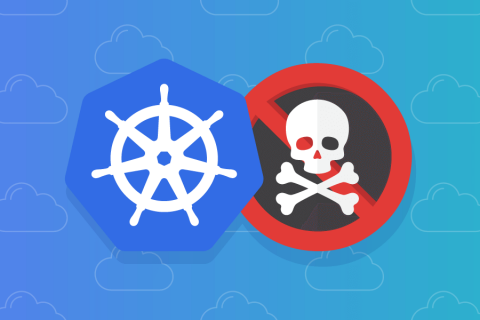Wall Street Journal Predicts Dire Cybersecurity Days Ahead, Endorses Zero Trust
Let’s be honest for a second. This is a corporate blog. Yes, we aim to provide our readers with actionable, educational information. And, yes, we strive for complete transparency. But, at the end of the day, we understand if you’re skeptical of some of what’s written here. We’re a business, not a news publication, and it’s impossible for us to be completely unbiased all the time.










